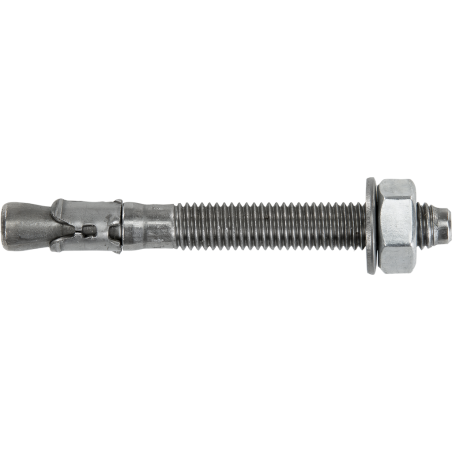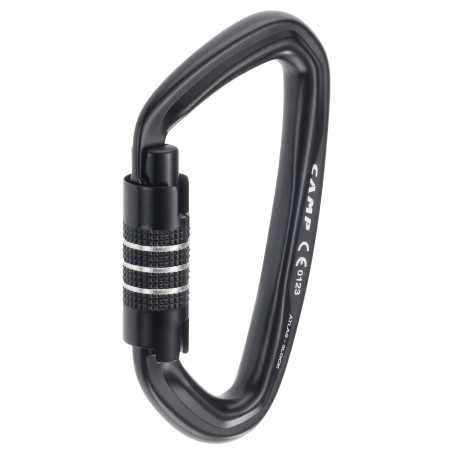Chiper in AISI 316L steel ideal for setting up mountaineering and climbing anchors.
As support it requires hard and compact rocks (limestone, granite, dolomite).
The expansion sector is brand new, much improved compared to the previous version.
In the design, an attempt was made to create a technology that could determine that expansion can always be ensured on the most types of support.
From the tests carried out we can believe that we have achieved this goal.
Warning! For some types of particularly soft rock, (such as sandstone for example ...) expansion anchors, including ours, are definitely not recommended, given the unreliability of the support considered.
We strongly recommend for these applications to use chemical fixing anchors (epoxy glue), or in a nutshell the Multimonti.
Much used by climbers in the construction of routes open from below.
Short type (M10x66) has an expansion element (new type).
Technical specifications
Since 2013, all the material that makes up the majority of our anchors is in AISI 316L stainless steel, much more resistant to marine corrosion than the previous AISI 304.
To indicate this difference, the corresponding abbreviation is printed on each article. For chipers this is not done because, once fixtures, nothing is visible.
To overcome this problem and to be able to highlight the substantial difference between the two types of metal, a small circular groove is made at the head of the fixes (see the photo above!).
In this way it is possible to verify the nature of the fix even after the fixing has taken place, in time and in all circumstances.
The anchor also exists in the " marine " version, extremely resistant to salt corrosion.
In order to highlight the difference between AISI 316L stainless steel and the marine version of the same material, we have designed to mark the anchors with an icon represented by a stylized fish with the inscription "INOX" inside.
Eye, as highlighted above, in the fixes this marking is not performed !!!
In order to be able to differentiate the marine version, in addition to the groove mentioned above, a punching point is stamped at the head of the fixes.
With this simple expedient it is possible to fully understand the nature of the fix once it is completely fixed. (see above the relative photo).
Finally, we suggest reading the attached document in this regard, where all the problems on marine corrosion are explained in a fairly comprehensive way.
MARINE version: Art. 156M
References
Rt = 27 Kn Ra = 27 Kn
Weight gr. 49



















